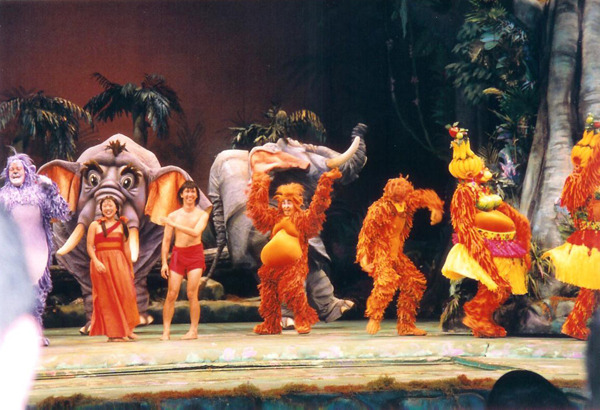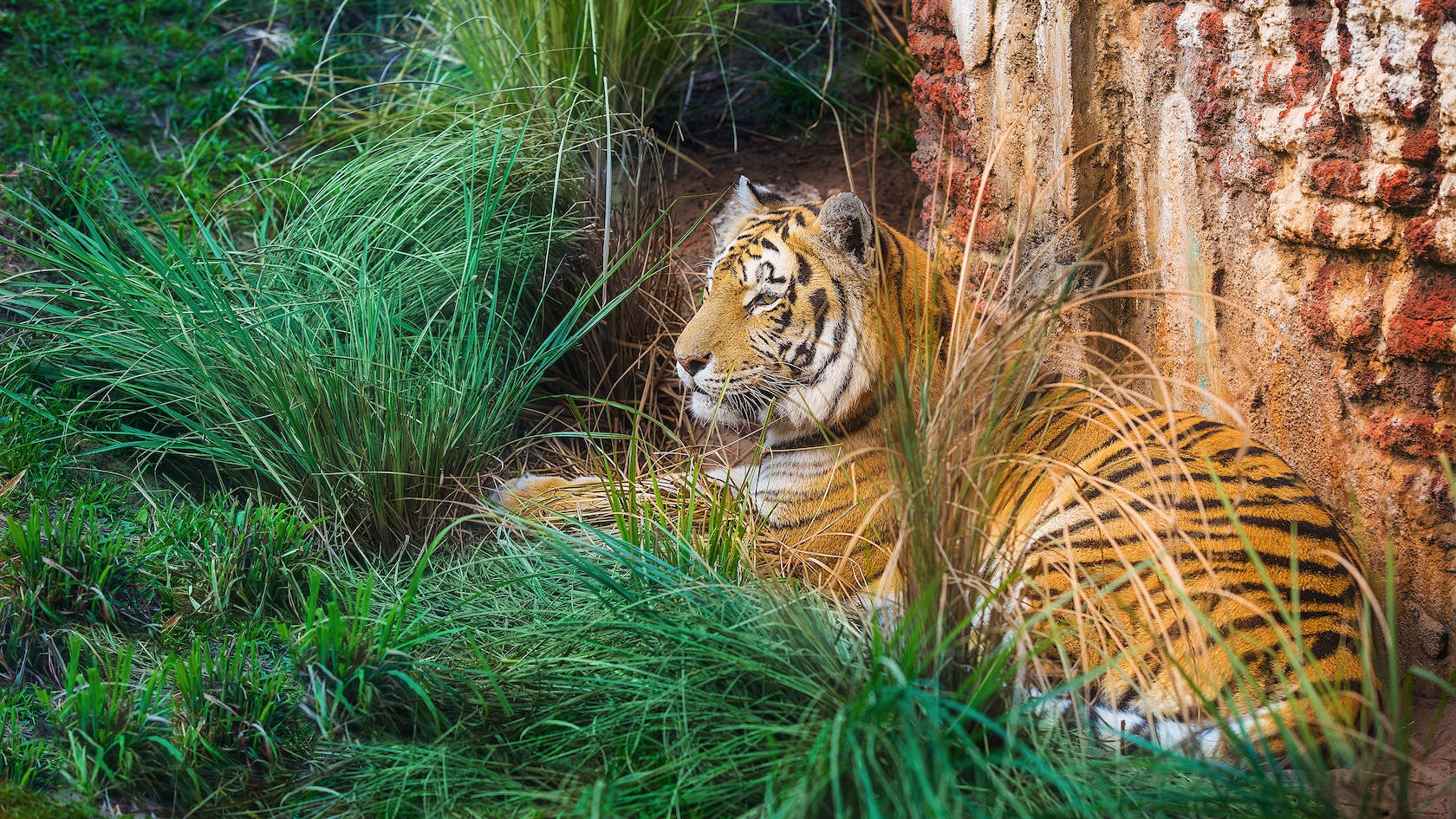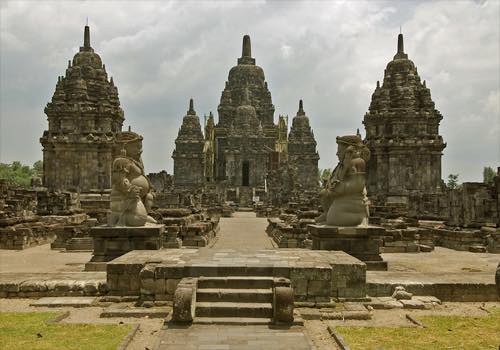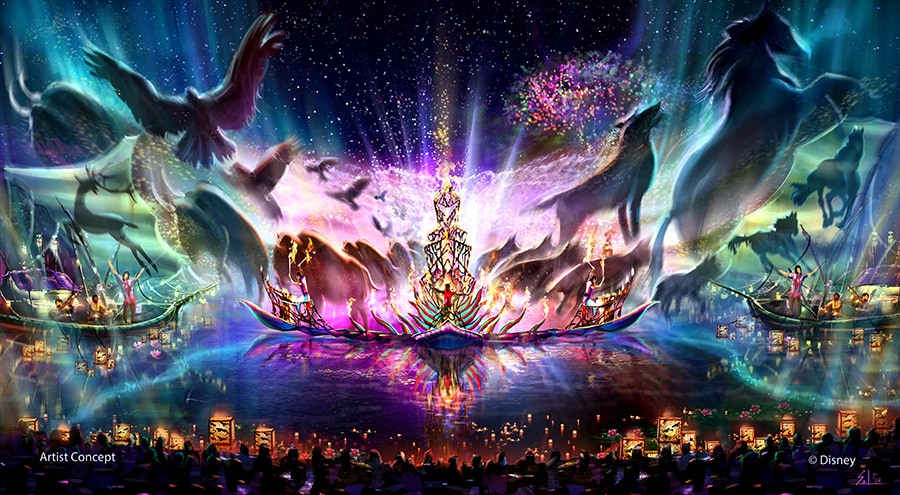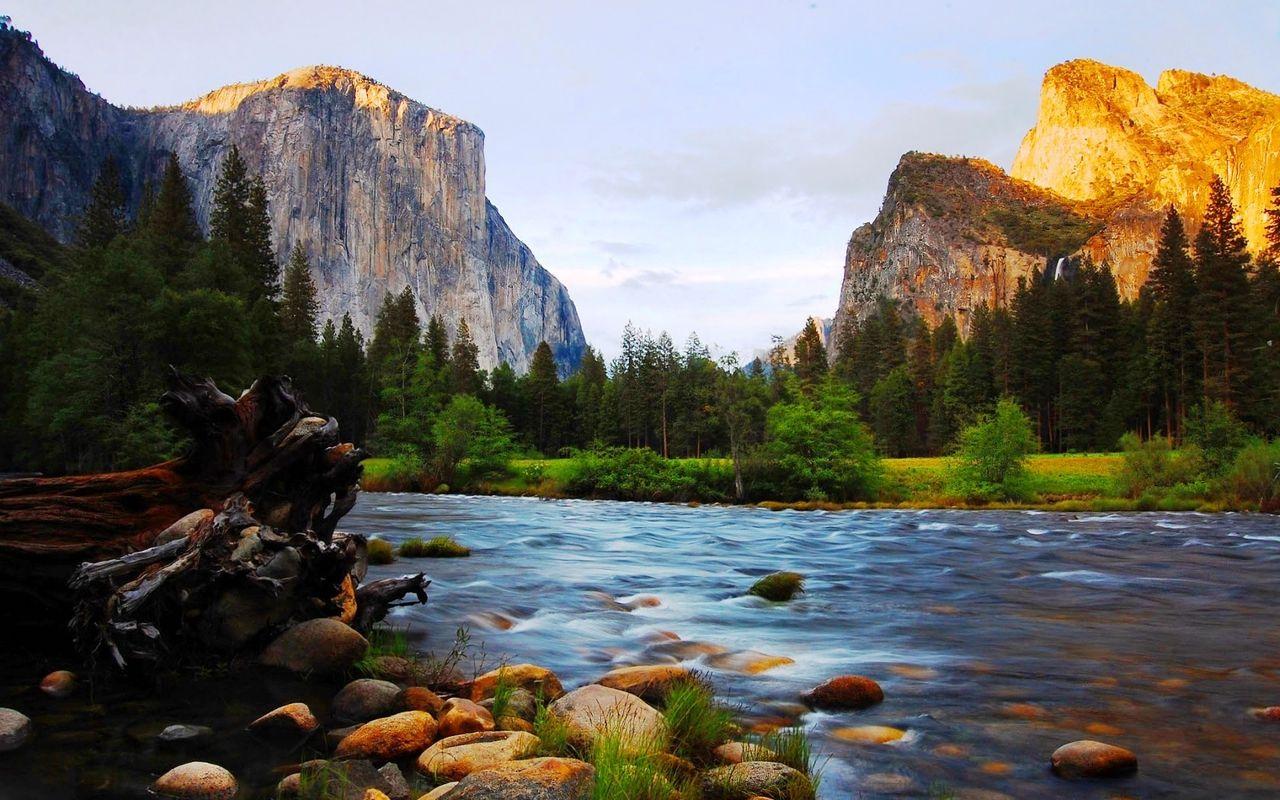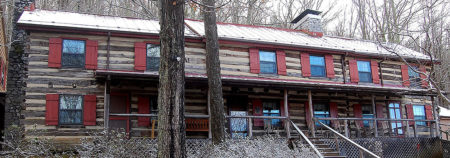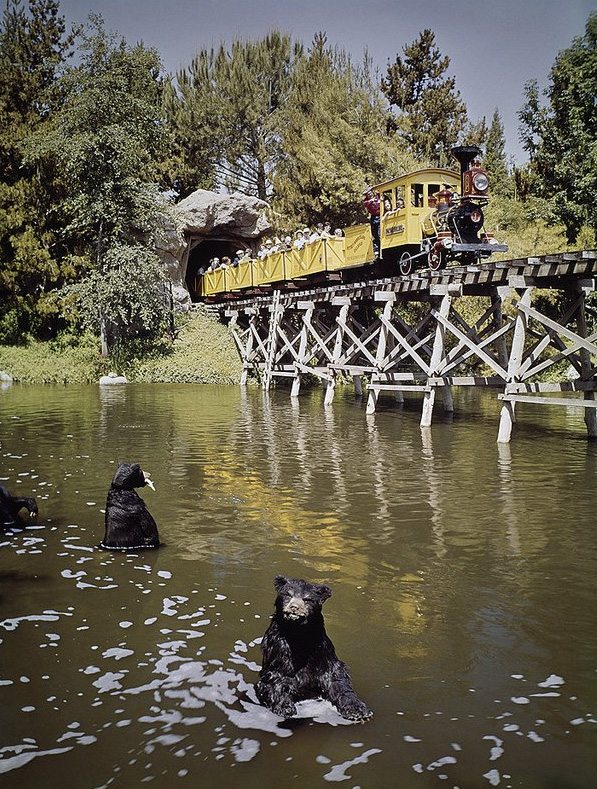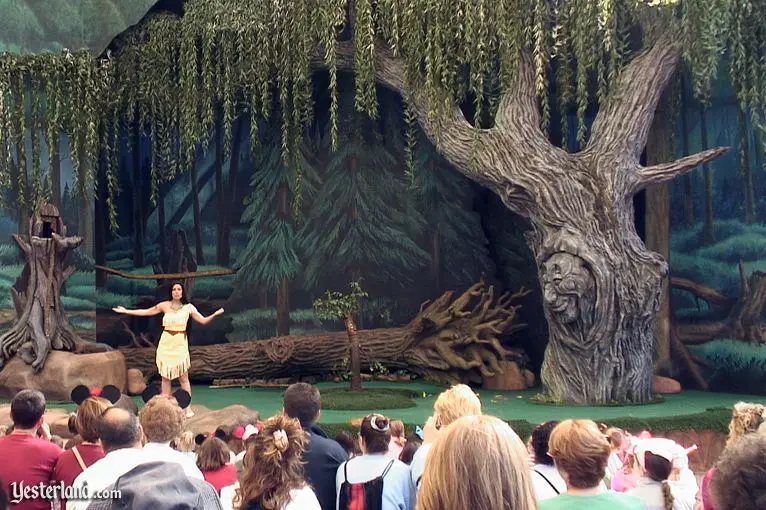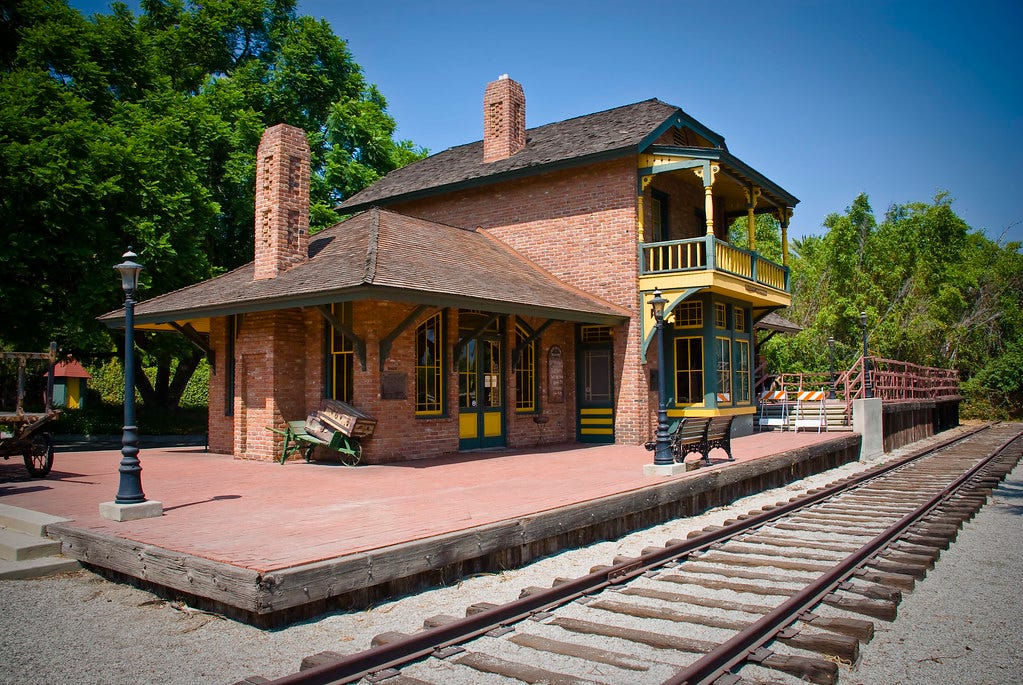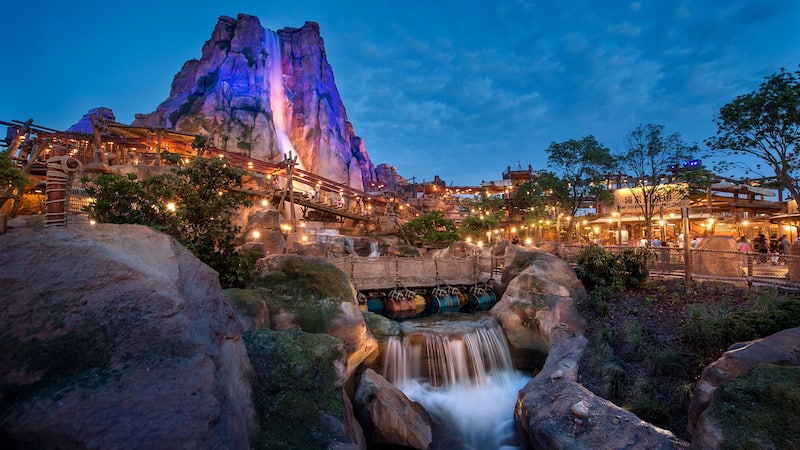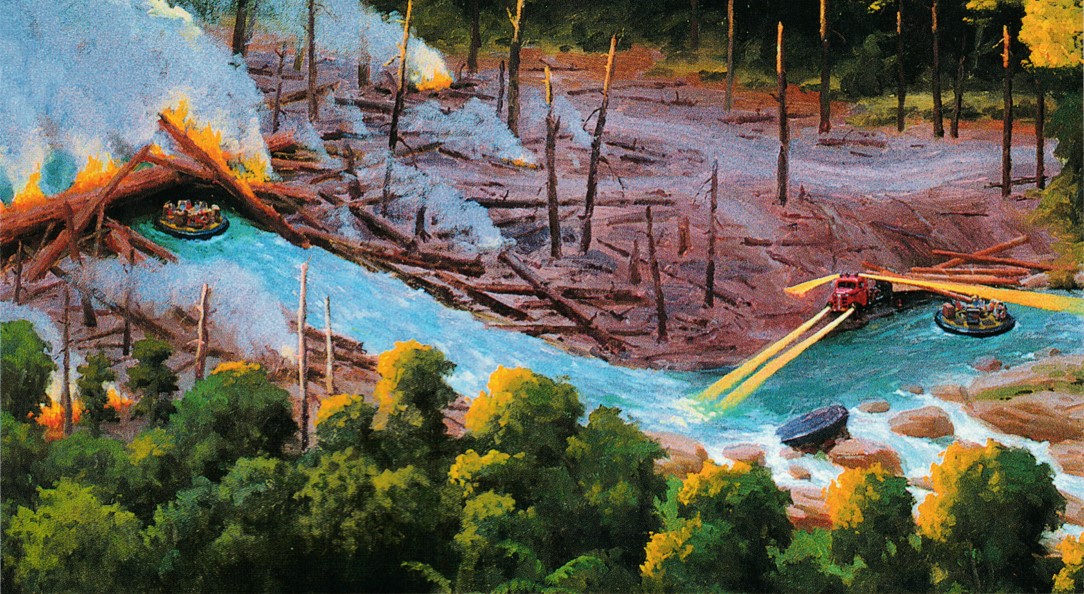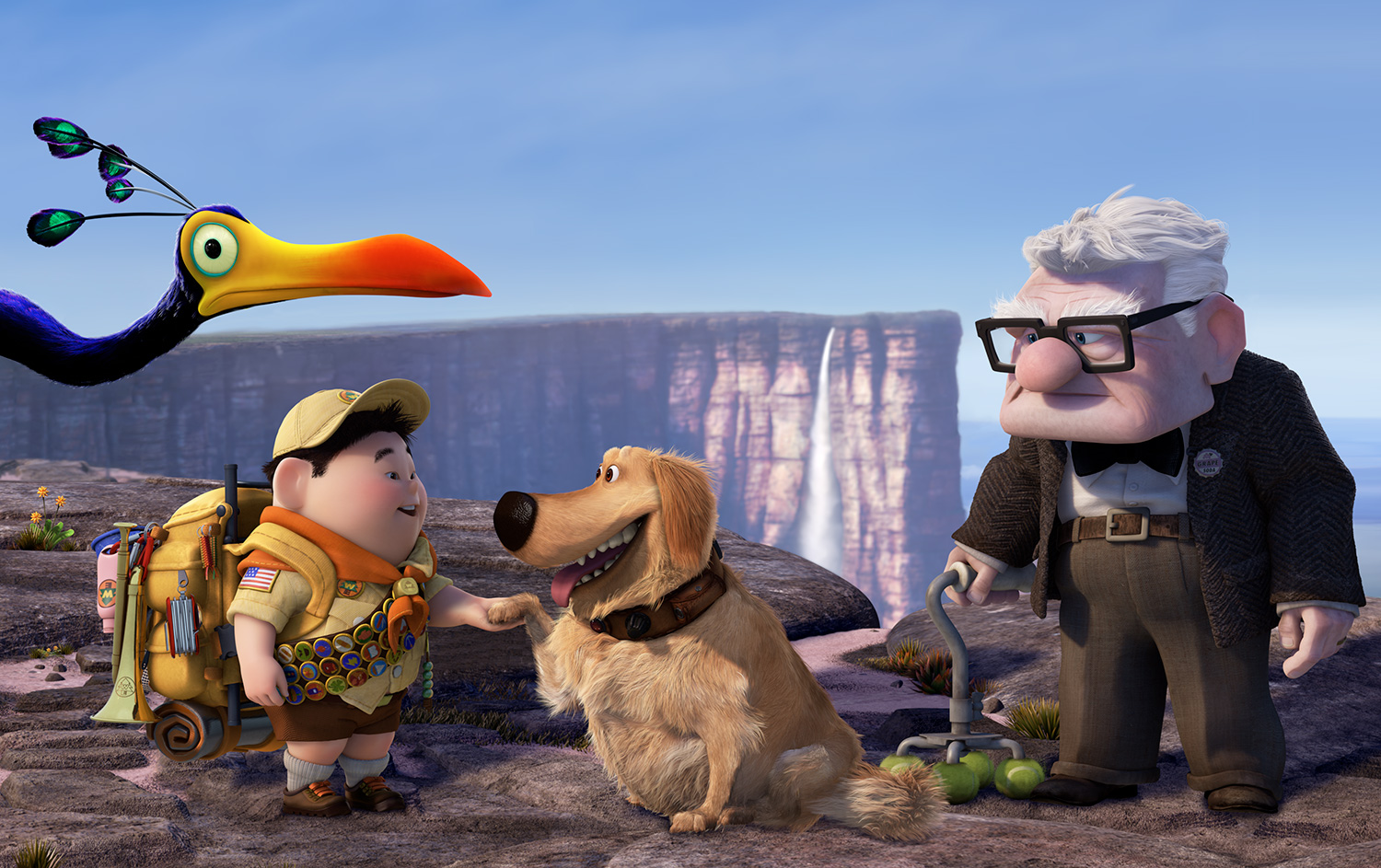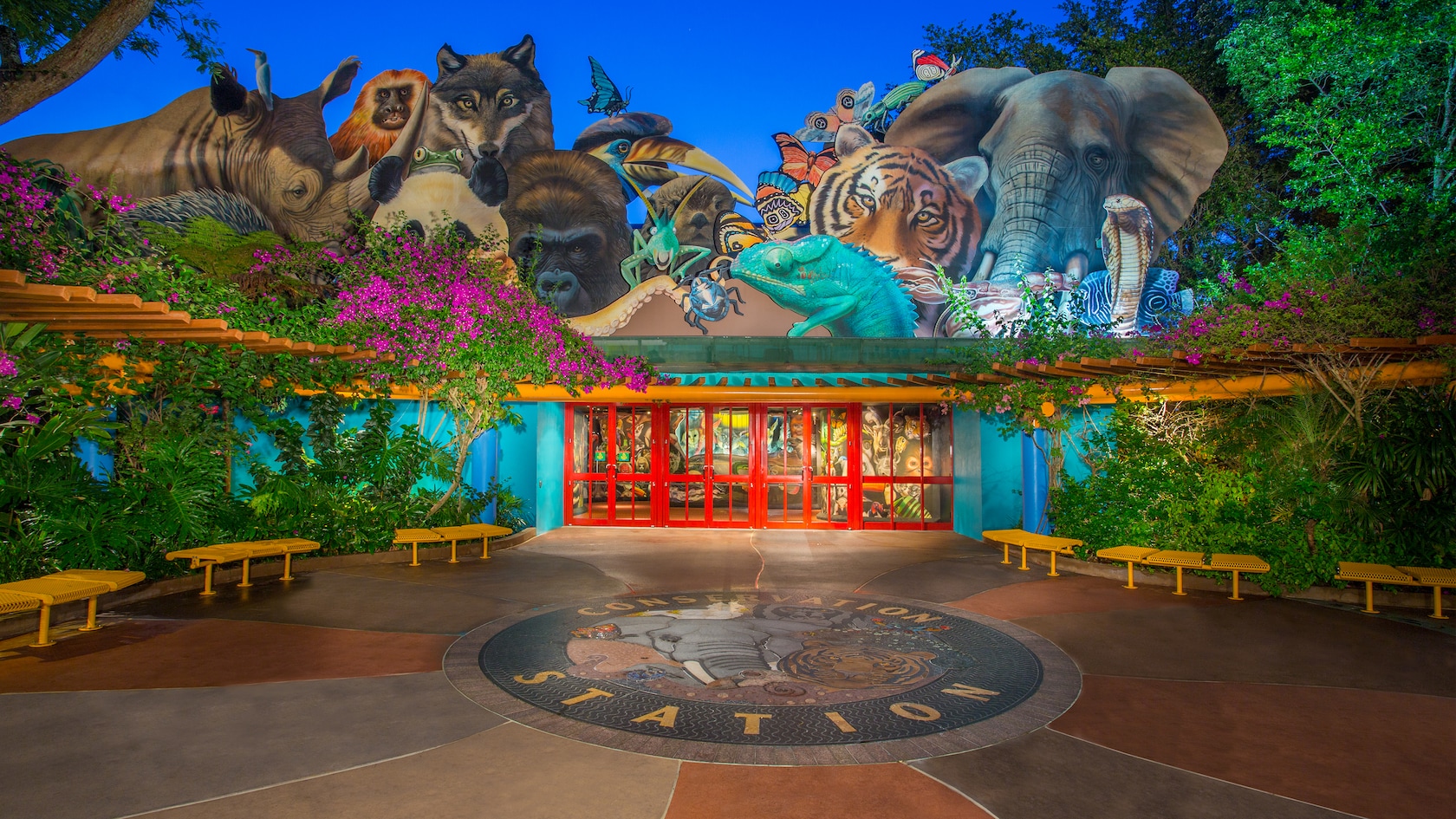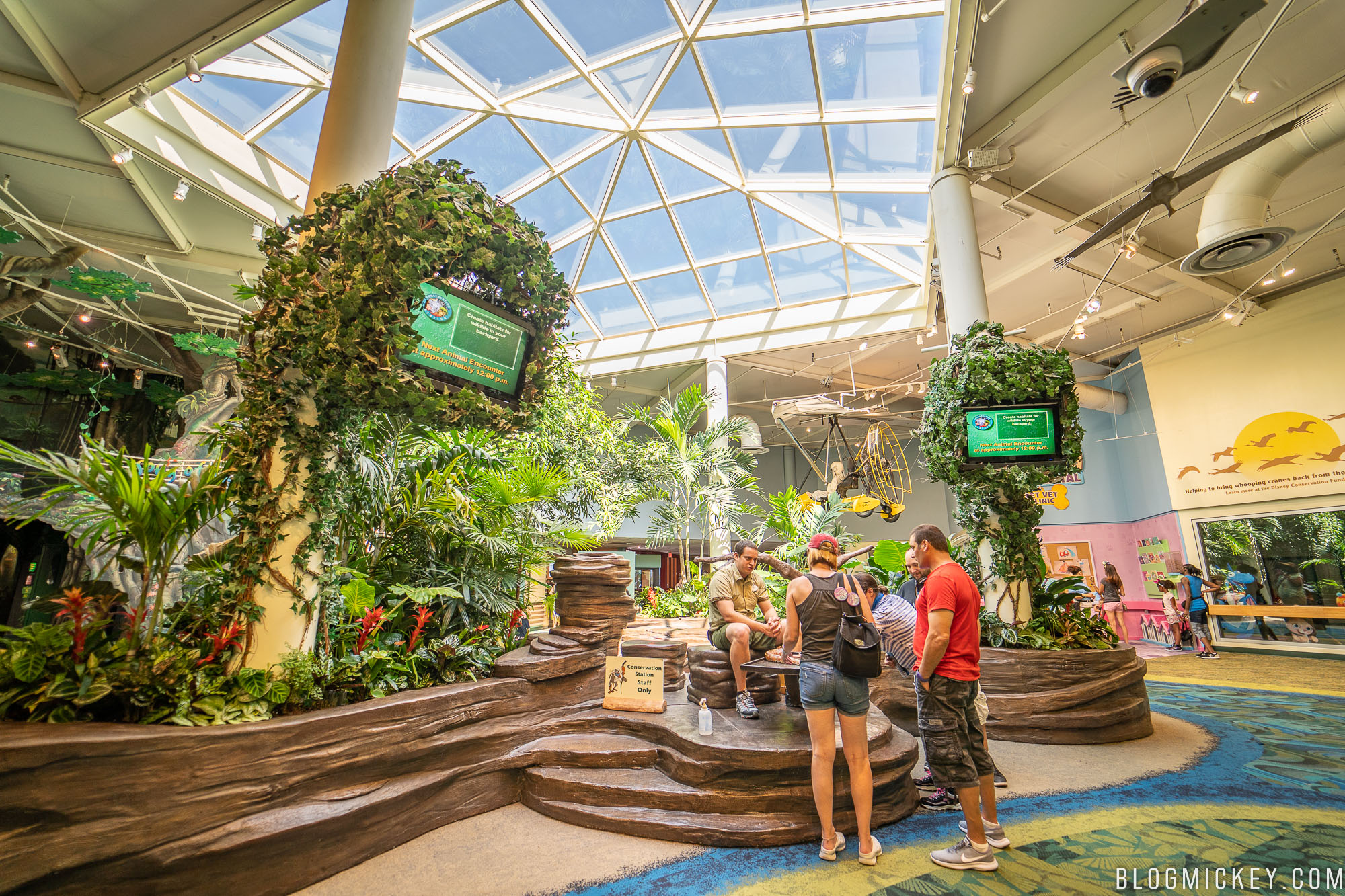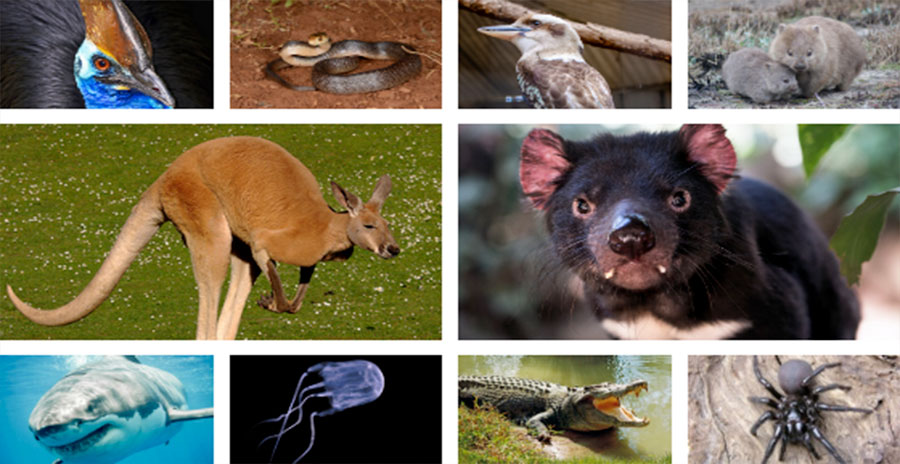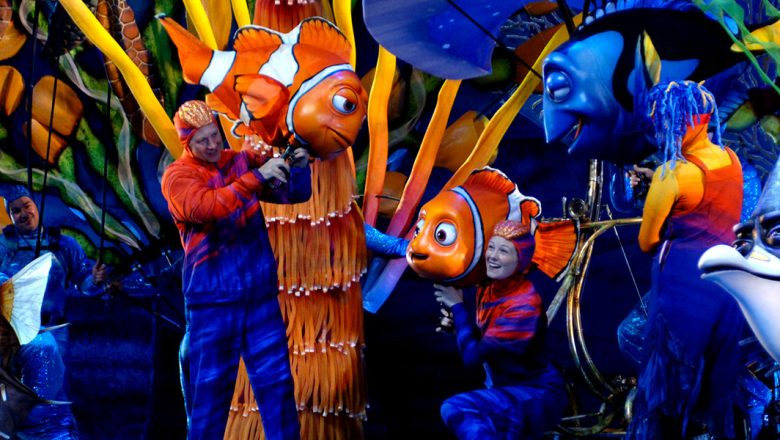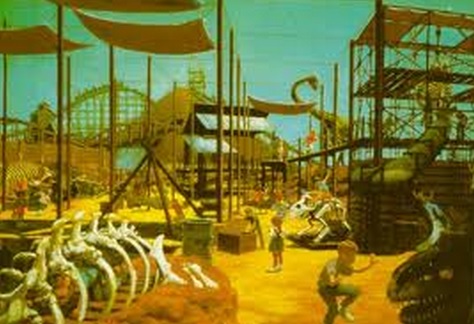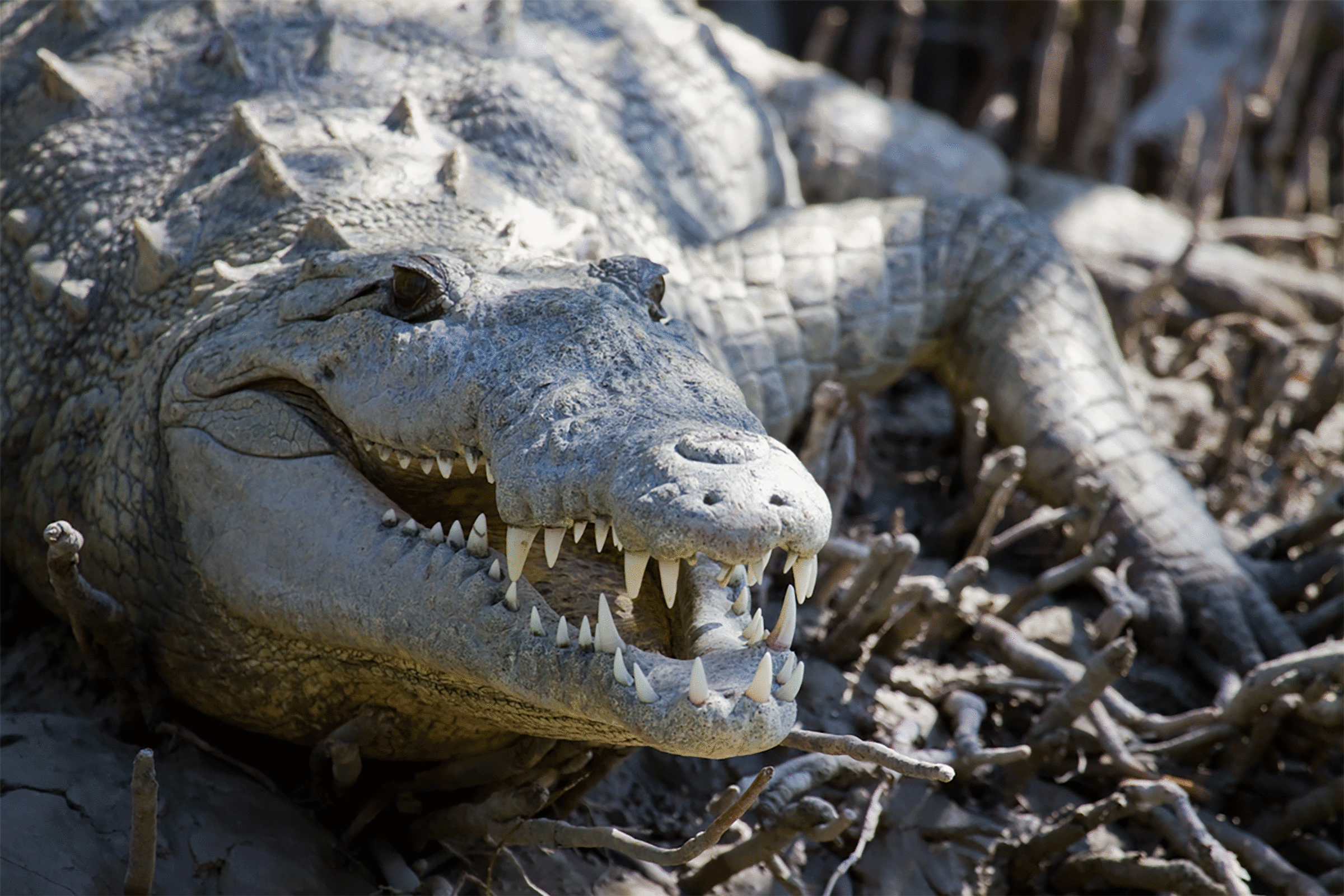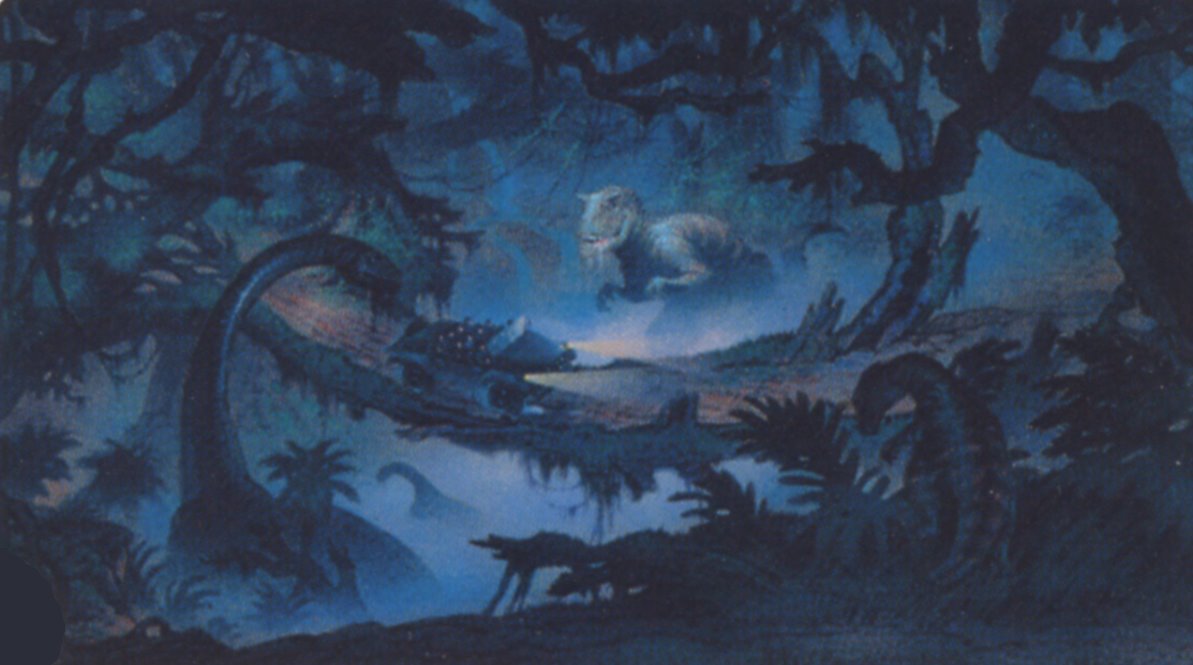With Fantasyland’s Beauty and the Beast how come you chose it to be a show instead of the trackless dark ride at Tokyo Disneyland?
In this Mirror universe, The Tale of Beauty and the Beast opens in 1998, long before the trackless ride was put into effect. Also in this Mirror universe, DLP is actually a hit, and the Little Mermaid and Beauty and the Beast attractions slated to open there -- that were cancelled in our universe -- open there, as well. Basically, the Florida attraction is an English-language clone of the Paris attraction.
Now, the question is, do I revive Mirror Disneyland or move on?
Great work so far, DisneyMan!
Thank you so much, MEW! And honestly, I'd love to see a revived Mirror Disneyland, myself. Frankly, with all this potential Disneyland Forward stuff, I'm curious to see how it would factor into a world where WestCOT did come to fruition. Given the layout of WestCOT, that means there could be a new Future World pavilion or a new area of World Showcase to be the equivalent of the DCA expansion.
Now, given that this next area of the park is quite small, I think I'll make up for it by doing two posts in one night. For now, let us explore...
~ ~ ~ ~ ~
Conservation Station
The Conservation Station is one of the very few areas of the park where guests can actually learn about the health and well-being of the animals that take up residence at Disney’s Animal Kingdom. It offers a behind-the-scenes look at the care methods and procedures that happen at the park, while also exploring the possibility of conservation efforts happening all around the world. The presence of the Conservation Station in Disney’s Animal Kingdom offers a real-world experience, where there doesn't have to be any major attraction or storyline, the animals, their health and the efforts of research and advances being initiated in the pavilion is the entire purpose of the exhibit. Conservation Station informs the guests that they can do good in the world and that they can take action to make the planet a better place.
It should be noted that due to the two new lands of the park, North America and South America, Habitat Habit closed when construction began; construction that temporarily halted daily Wildlife Express service. Despite this, the cotton-top tamarins still have a place in the park. Their habitat became part of the Amazon River Expedition. After all, South America is the tamarin’s native home.
Anyways, whether by a path from the intersection of North and South America, or via the Wildlife Express, you find yourself standing in front of the entrance to the Conservation Station. The exterior of the Conservation Station features several animals in a marquee above the entrance. The pavilion features bright and bold colors and shapes, the patterns are playful and colorful. Images of animals appear everywhere, in a very realistic fashion. Before the entrance here is the Conservation Court, a small open courtyard featuring benches, planters, and a small waterfall that spills into a wishing pond. A plaque by the pond reads that every coin tossed into this pond will be donated to the Disney Conservation Fund, a non-profit conservation charity run by Disney and found at many of their parks worldwide.
Heading into the Conservation Station, guests walk down the Hall of Animals. The immediate entrance features a changing board as well as black walls painted with hundreds of photorealistic animals. The Hall of Animals serves as the entrance into the Conservation Station, so we go through until we get to the building’s main hall.
We enter into the main forecourt of the Conservation Station, where the wise and knowing Rafiki acts somewhat as a host. He narrates a video that is displayed on a prominent screen, speaking of humans’ actions upon the environment and how all of our choices have consequences that affect our environment, for better or for worse -- on the one hand, clean energy. On the other hand, climate change. Along the walls of the pavilion, video screen exhibits play of the animals’ lives in their natural habitat, as Rafiki narrates the films. Underneath a skylight, the center of the indoor pavilion is lush with large trees, logs and branches, as well as a flowing raised waterfall fountain, circulating throughout the lush foliage, as it cascades down the sides of the fountain. This fountain is a popular place to meet random characters throughout the day -- Rafiki, Pocahontas and Jiminy Cricket, who serves as the mascot of Disney’s “I’ve Got Environmentality” program. But for more realistic encounters, the trees and foliage yield terrariums and habitats for species like lizards, frogs, snakes, and even an exhibit for giant land snails.
Conservation Station is where many animal program efforts take place, in some ways, it could be considered as the truest heart of Disney’s Animal Kingdom. There are various exhibits here, and they can be dividable into two categories: Animal Care and Environmentalism. On the “Animal Care” side of things, we have a food preparation center, a backstage viewing area, a hatchery, a nursery, a science center (where actual working scientists come to do research), as well as windows featuring more amphibian, reptile and invertebrate habitats. But by far, the most popular exhibit in the “Animal Care” category is the Veterinary Treatment Room. This is where guests learn and witness the care methods given to the animals of Disney’s Animal Kingdom. The visible windows into the care units of the station shows that Disney uses the highest level of care that they could possibly give. At times, this exhibit offers the guests a chance to see into a surgery or a birth, which can happen from time to time.
On the “Environmentalism” side of things, we have the Eco-Web, which showcases conservation efforts taking place around the globe, as well as Song of the Planet, where guests enter booths, put on headphones and listen to the sounds of four different biomes on Earth: The Amazon Rainforest, the Serengeti savannah, the polar ice caps, and the Chinese bamboo forests.
At the north end of the pavilion, connecting back to the entrance, guests will find the Affection Section, an area for guests to have the closest encounters with animals. The Affection Section operates as a petting zoo, where guests can have physical contact with the animals, bringing that value closer to the guests. Although, the Affection Section might only seem as a petting zoo for sheep, llamas, horses and rams, but it also brings a sense of connection to the animals throughout Disney’s Animal Kingdom. The Conservation Station also features Out of the Wild, a shop featuring conservation-themed apparel, decorative gifts, bath care, books and soft cuddly animal toys.
~ ~ ~ ~ ~
I must credit
@PerGron for coming up with the Conservation Court and Song of the Planet; as well as the waterfall added to the central tree garden and the subsequent snail exhibit. I even borrowed some of the descriptions of the area
(particularly The Hall of Animals) from his description of his own Conservation Station; so once again, all credit goes out to him!
As I said earlier, the next post will be around later tonight. See you then!


